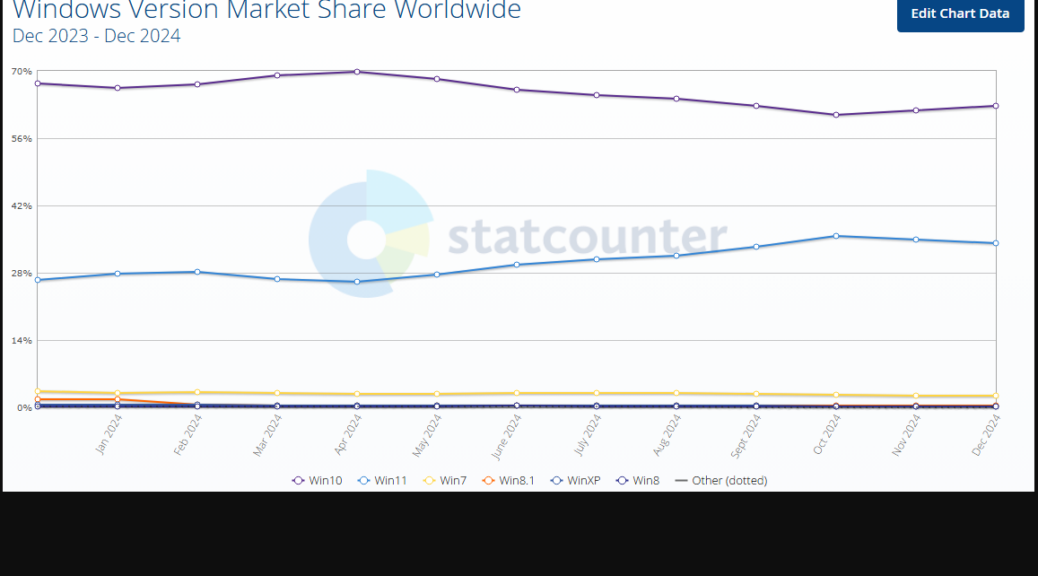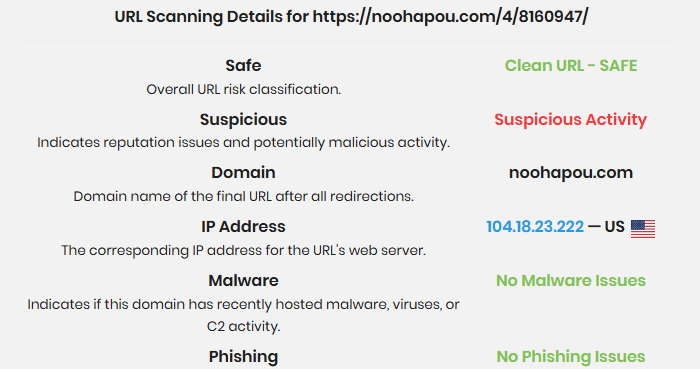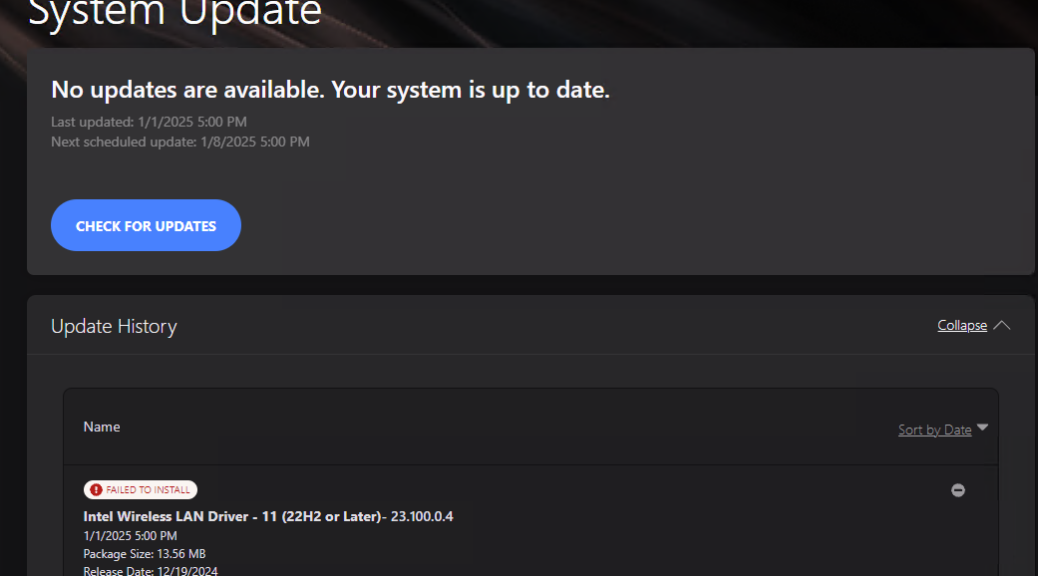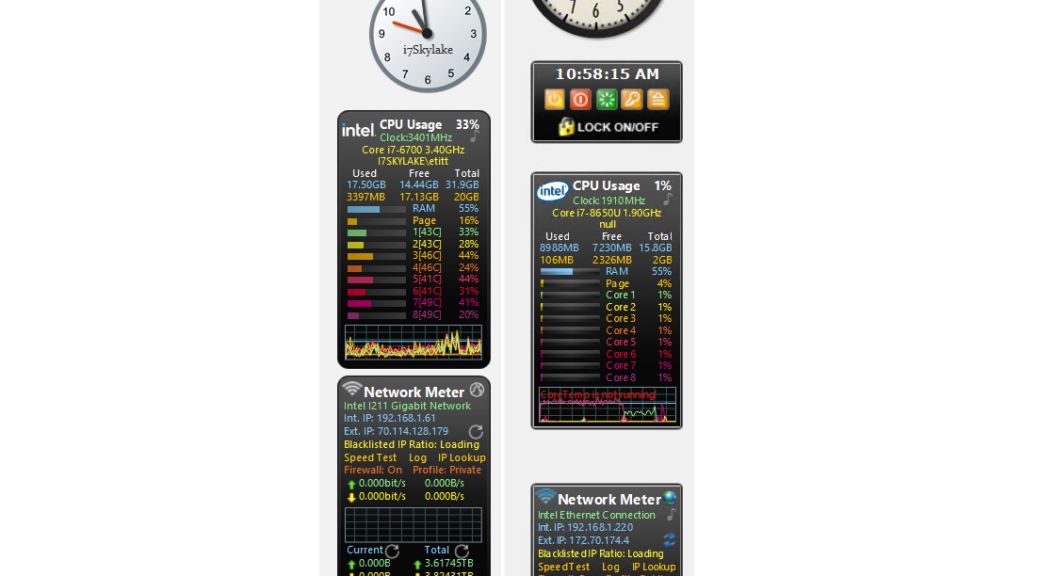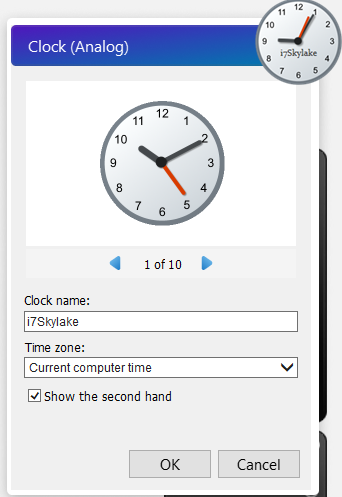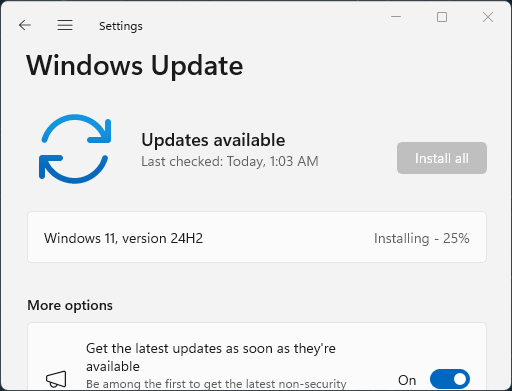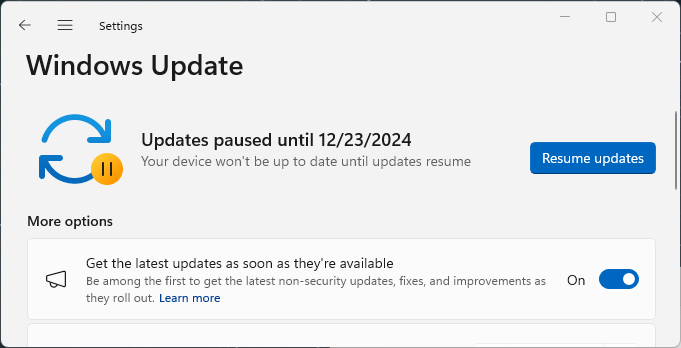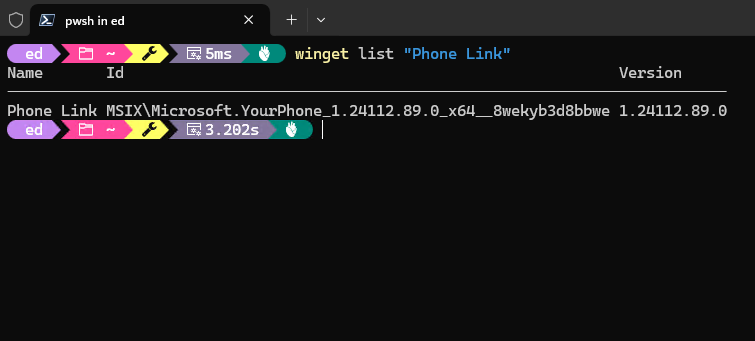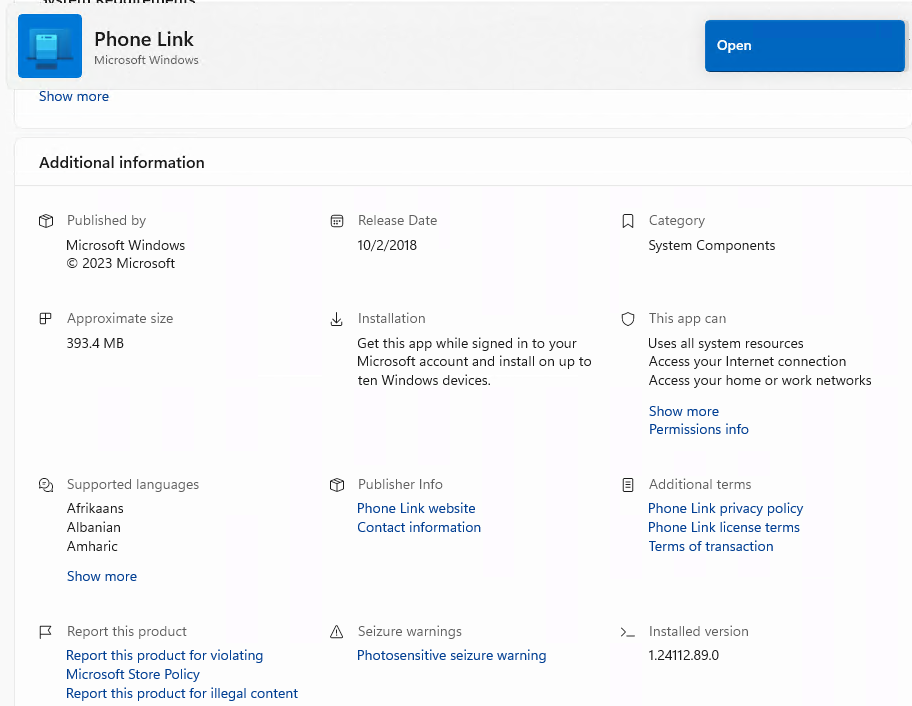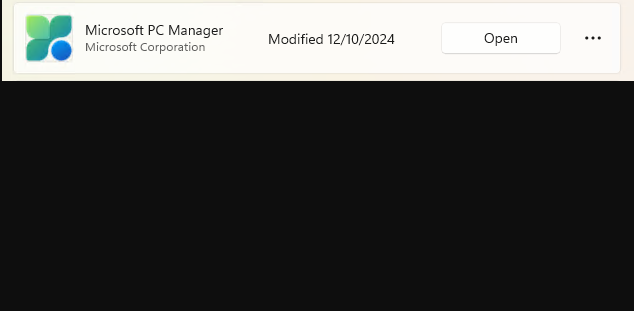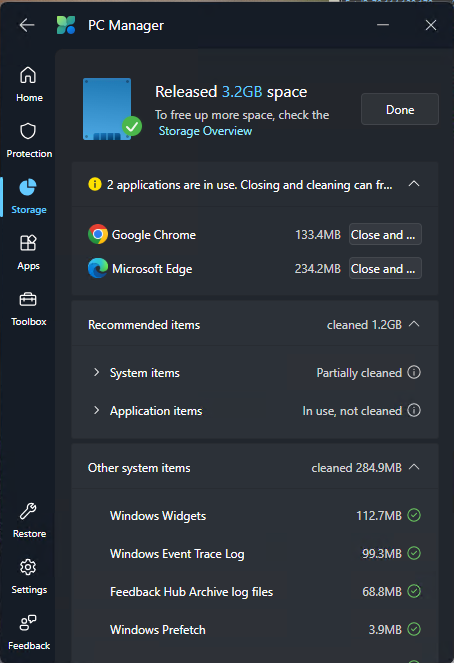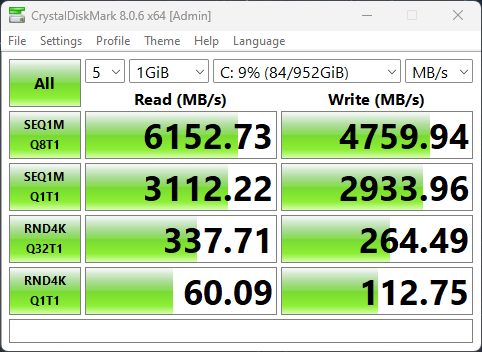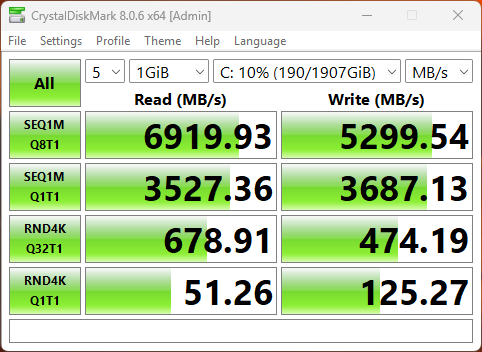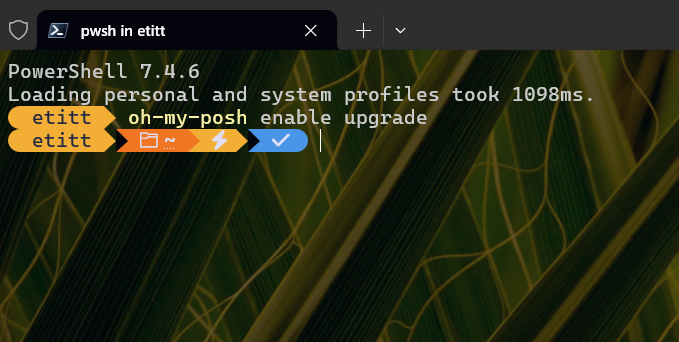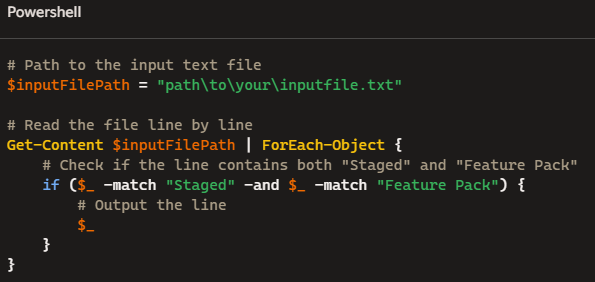I’m not sure what to make of Microsoft’s blog post for CES 2024, entitled “The Year of the Windows 11 PC Refresh.” According to StatCounter, as of December 2024, Windows 11 holds a 34.11% market share, as compared to Windows 10 at 62.7%. That puts 11 at around 55% of 10 by those numbers. If indeed 2024 is PC refresh year for Windows 11, as MS says, it’s got a lot of ground to make up.
Why Say: 2025 Is PC Refresh Year?
Indeed, MS concludes the afore-cited blog post with these concluding words:
…we believe that one of the most important pieces of technology people will look to refresh in 2025 isn’t the refrigerator, the television or their mobile phone. It will be their Windows 10 PC, and they will move forward with Windows 11.
The impetus, of course, from the MS POV is that Windows 11 running on a Copilot+ PC provides significant new capabilities in the areas of security and AI-driven content creation, bolstered by faster, more powerful hardware with longer battery life. Given such a compelling combination of features and functions, the case for refresh is too strong for any other outcome to be likely.
Impending End of Service for Windows 10
October 14, 2025 remains the end of the officially supported road for Windows 10, with subsequent yearly payments for extended service after the cut-off date. MS will bump costs annually for up to three years after that time, to allow laggards to pay for the privilege of postponing refreshes instead.
Does this all translate into 2025 as a notable refresh year? It could, provided that consumers and businesses buy into the notion that what Windows 11 24H2 brings to the party is worth the time, cost and effort to push a refresh through sooner rather than later.
IMO, what’s more compelling to consumers and businesses is the age of their PC fleets, and how long it might be until a refresh occurs as per normal 3-5 year cycles. Looking at my modest collection of a dozen units or so, 3 of them date from 2018, and another three pre-date 2022. That would argue for a 60% refresh rate here at Chez Tittel. I suspect many small to mid-size businesses, and even enterprises, are in a similar boat.
Could 2025 be a big year for PC refreshes? Possibly. Will that actually happen? It depends on how appetites for new technology match up with the will and the wherewithal to acquire Copilot+ PCs. I suspect 2025 will see more refresh activity that 2024 did. But I’ll be surprised if Window 10 and 11 marketshare flip-flops — that is, 30-40% Windows 10 versus 50-60% for Windows 11 by the end of the year. That said, stranger things have happened.
My own best guess is that Windows 10 and 11 might reach parity — which currently calculates to ~48% each — by 12/31/2025. But I see that as a stretch target based on current numbers and prior version histories. Of course, only time will tell… Stay tuned!
